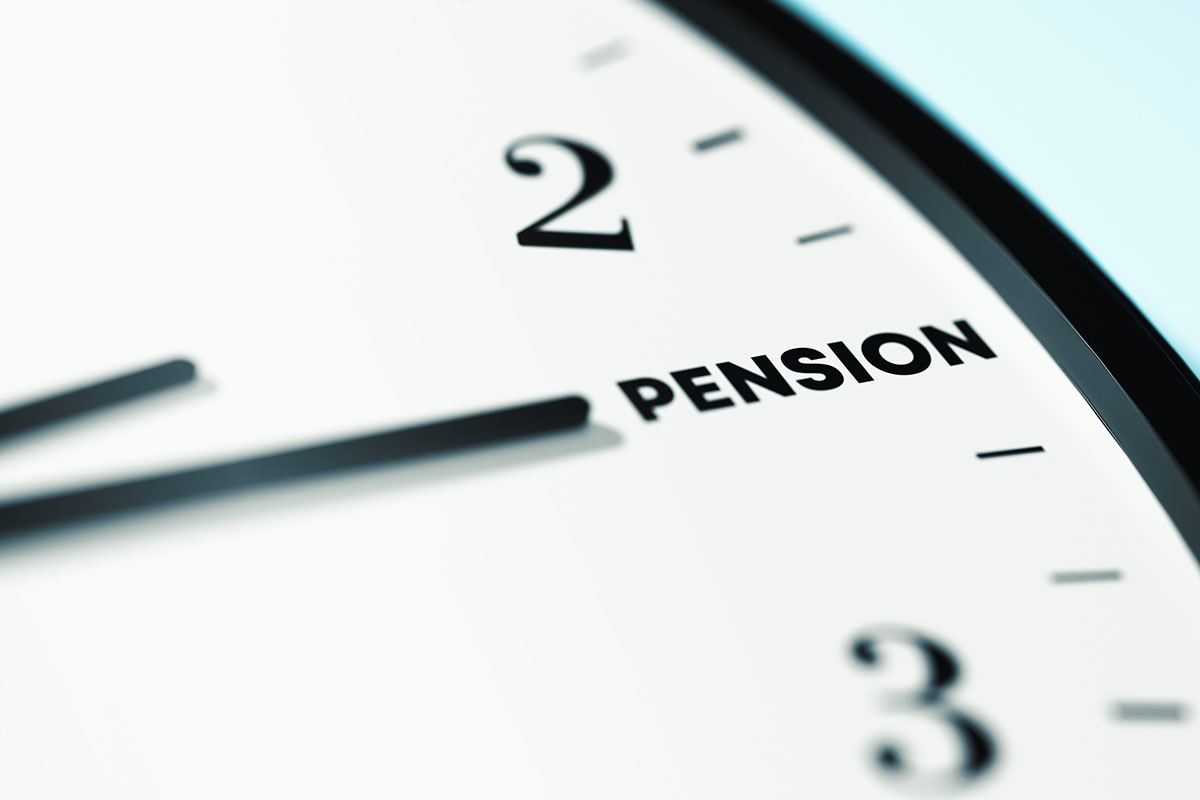Do you ever wonder if you have left it too late to prepare for retirement? You are not alone. Many people find themselves in this position. Fortunately, you still have options. With some careful planning and discipline, you could make a big difference to your financial future.
Below, our Carlisle financial planners explain how to get started with this process. We hope these insights are helpful. Please contact us for more information or to speak with a financial adviser about your own retirement plan:
t: 01228 210 137`
e: [email protected]
Get your bearings
Many people worrying about retirement are often unaware of their true financial position! By gathering information about your current income, expenses, assets and liabilities, you can gain a clearer sense of the “distance” to your retirement goals.
A good place to start is your State Pension. How many “qualifying years” do you have on your National Insurance (NI) record? In 2024-25, you need at least 10 to receive any State Pension at all. Those with a complete record (35 years) should be entitled to £221.20 a week (£11,502.40 per year) under the full new State Pension.
To check your record, visit the UK government’s website. This will give you a forecast, and you can identify any “gaps” in your NI record. Later, it may be appropriate to complete some (or all) of these using voluntary NI contributions.
Check your other pensions
Do you have any old pensions from previous employment? Today, an employee may have seven careers or more across their lifetime. So, you could have multiple pension pots scattered around from different jobs!
The Money Helper website has some useful tips for tracking down old and lost pensions. If you do not know your old pension provider(s), you can try contacting old employers who could put you back in touch. If you opened a personal pension, look for any statements from them in your paperwork or inbox.
There is also the UK government’s Pension Tracing Service if you get stuck. A financial adviser can also help guide you through the process.
Factor in everything else
Do not forget about other assets like cash savings, ISAs, general investment accounts, NS&I assets (e.g. Premium Bonds) and equity in any property you own. You should also then itemise any liabilities to offset against these (to determine your net worth).
Any costly debts, such as unpaid credit cards and personal loans, will be an especially high priority for those in their 50s. Consider strategies for clearing these first before turning to investing. The interest payments on these debts are likely to exceed any returns you can realistically achieve. Paying them off (responsibly) will help free up more income for investing.
If you are in a serious relationship, consider going through this whole process with your spouse or partner. If you plan on sharing a future, then it makes sense to work together towards common financial goals.
Get a target in sight
How much money do you need to retire? A financial adviser can help you gain a more accurate idea. However, a good starting point is to add up your current expenses. Suppose you need £20,000 to fund your lifestyle. If you are on track to receive the full new State Pension (£11,502.40 per year), then you are halfway there already.
Let us take the example further. Perhaps you will also get £500 per year from a final salary pension you built up during a short stint in public service. The target is £20,000, and you need to find £8,000 per year to fill the gap in annual retirement income.
Multiplying this shortfall by 25 (to cover a realistic total retirement period) leads to a “target number” of £200,000. If you are reading this, you may be baulking! However, this figure may not be as unrealistic as it might sound for a 50-year-old.
If someone sets aside £520 per month in a general investment account, this target could be achieved over 18 years, assuming a 6% annual return. However, by using tax reliefs and other tax-efficient “tools” at their disposal, the £200,000 mark could be attained using a lower monthly contribution amount.
If this person is an employee, for instance, their employer must contribute 3% of the former’s salary under the UK’s auto enrolment rules. However, perhaps they offer more.
Maybe they even offer a “matching scheme”. This could effectively “double” the employee’s monthly contributions, meaning they only need to set aside £260 per month (instead of £520). However, this does not yet account for tax relief. If the individual is a Basic Rate taxpayer, then putting £260 in a pension saves them £52 in tax. So, the monthly contribution only “costs” them £208 – a far more realistic number.
This is just an illustrative example, and your situation and retirement goals may be very different. However, hopefully, it will serve as an encouragement that it is not too late for anyone to make a big difference in their future retirement lifestyle.
Invitation
If you would like to discuss your financial plan and investment strategy, then we would love to hear from you. Get in touch with your Financial Planner here at Vesta Wealth in Cumbria, Teesside and across the North of England.
Reach us via:
t: 01228 210 137
e: [email protected]
This content is for information purposes only. It should not be taken as financial or investment advice. To receive personalised, regulated financial advice regarding your affairs please consult your Financial Planner here at Vesta Wealth in Cumbria, Teesside and across the North of England.

